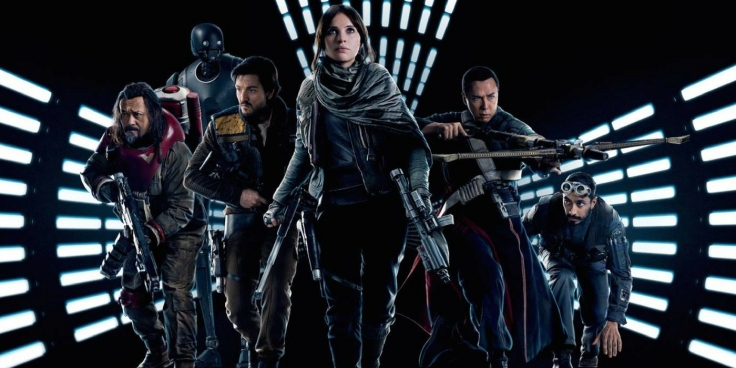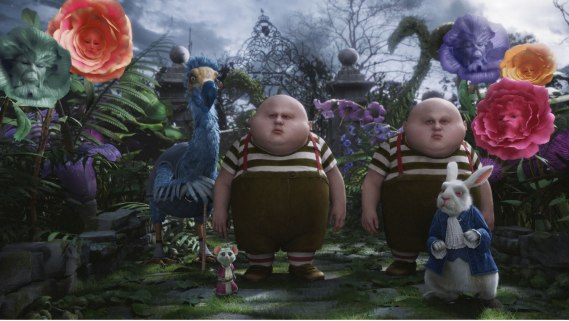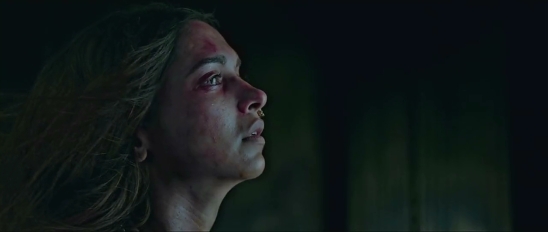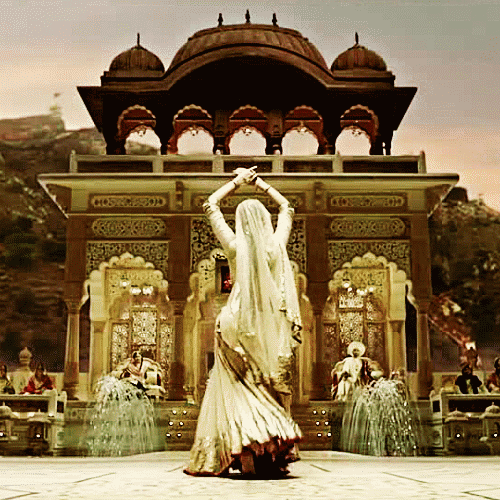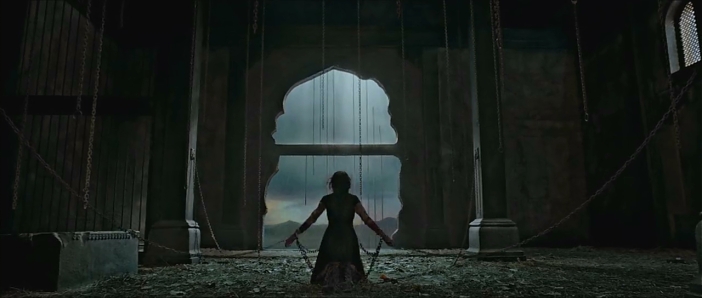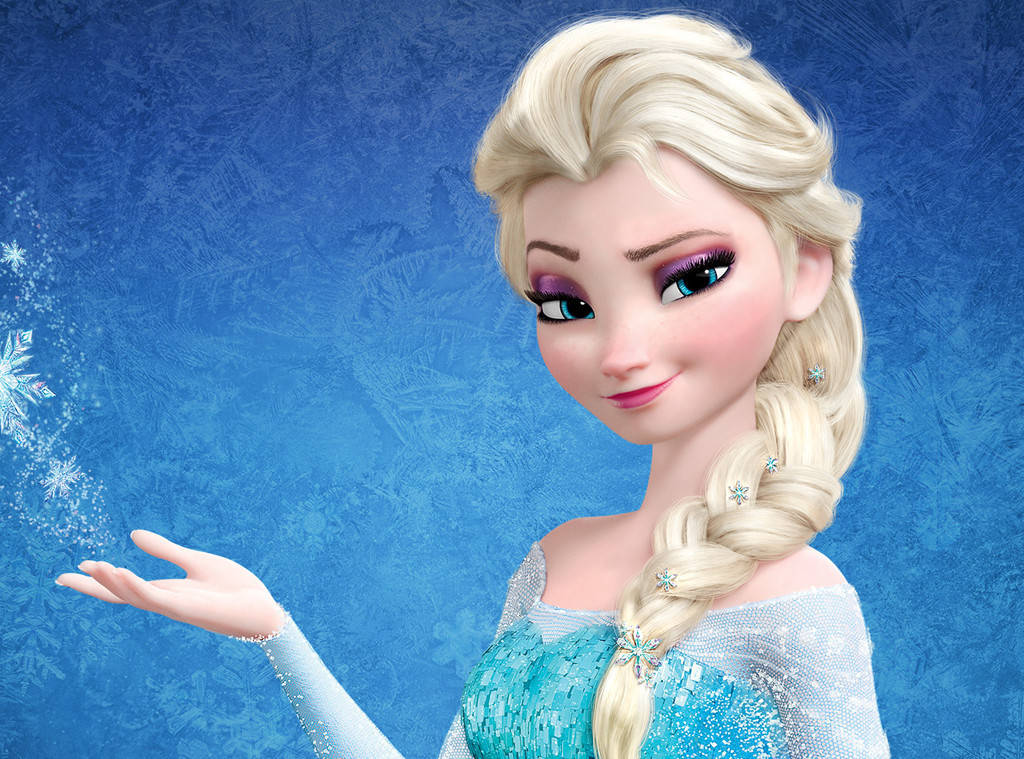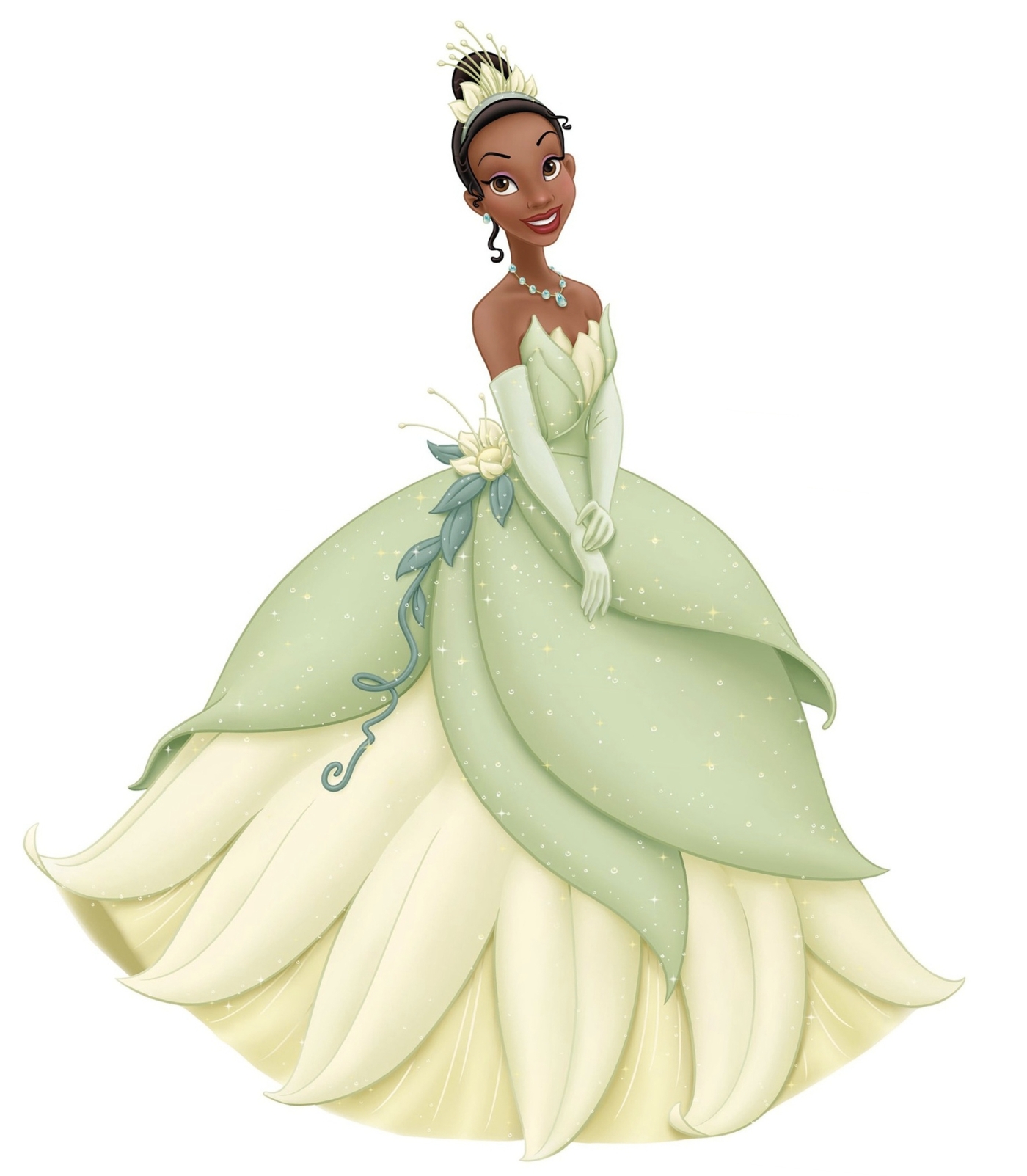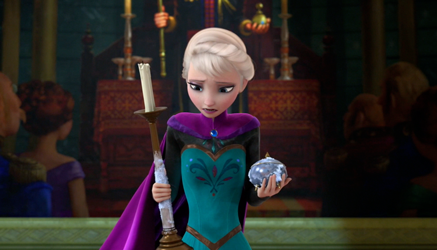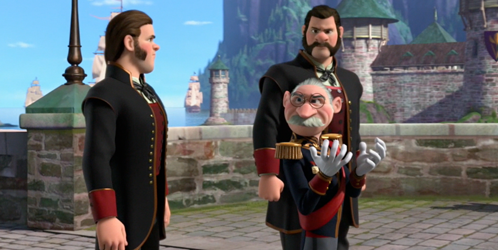Banishing demons from the lives of others is no job for the emotionally weak, especially for Lorraine Warren. Lorraine is a paranormal investigator, clairvoyant, medium, and most importantly, a savior with a chosen purpose to help those in need. To do what she lives for, she must be strong, dependable, and a hero to herself and all. In The Conjuring 2, she begins her journey to help, protect, and cleanse the Hodgson family living in Enfield, London from, quite literally, their demons.
In this blog post, theoretical frameworks and cultural references will be explored through the scenes of The Conjuring 2. By analyzing the supernatural aspects of the movie through the lense of psychoanalysis, we as an audience can better understand the ways in which Lorraine handles her psychic abilities and her experiences mentally. Additionally, how she treats and analyzes the family’s that she helps. Through the lense of posthumanism, we are able to understand the very basic and raw nature of a biological human being. Beyond this, how we think and the entities that exist in a state beyond being human.
In 1974, Amityville, New York, a man by the name of Robert DeFeo Jr. murdered all members of his family while they slept. This case remains to be known as “The Devil Made Me Do It” trial. Two years later, Lorraine and her husband, Ed Warren, visited that same house in attempts to help the new family, the Lutz’s, who were experiencing paranormal phenomenon. During so, a seance is held, in which Lorraine relived the DeFeo murders being committed as the word “kill” is echoed, experienced a demonic figure strangle her, and witnessed Ed be impaled and killed. In the aftermath, the Warren’s chose to take a break from anything and everything paranormal.

“Ed, this is as close to hell as I ever wanna get.”
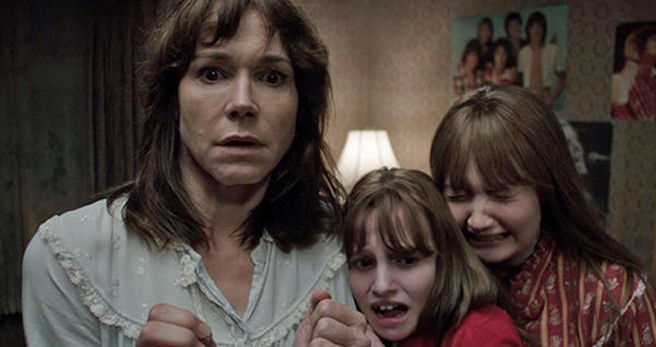
One year later, in 1977, the Hodgson family of England, began to experience their own strange happenings, capable of being rightfully compared to those of Amityville. The events began innocently. Children’s toys would turn on by themselves, objects would move, the house would rumble, and voices and deep screams could be heard by the youngest members of the family. Then, the damage began. One of the sisters, Janet, began to sleepwalk during the night. Day after day she would be awoken by falling to the ground, feet from her bed. The events escalated so bad that she tied herself to the bottom of the frame in the hopes that this would end her wandering about the house. It only angered the cause.
Convinced that her children had gone mad and were “taking turns scaring the wits out of each other”, the mother of the three kids lost it. Seconds after, the room imploded. Furniture went flying and there were no more second thoughts. The family fled that night. Friends were reached and the police were called. They received no immediate help from the cops and were left to fend for themselves.
During a vision in her home, Lorraine challenges the original demon that strangled her in the seance at the Amityville home. While being teased, she remains strong and does not run. As a medium, she has learned to stay and listen, despite the terror she may feel within. Eventually, she is pushed past her breaking point, and turns to face the masculine figure which is depicted in a dark and disturbing nun’s outfit. She screams a question. He screams back.

“Who are you!?”
“Tell me who you are!”
“What do you want!?”

Throughout the movie, Lorraine is continuously revisited by this unknown demon. The entity’s message was clear. As long as Lorraine took possessed items attaching demons to homes and cleansed the paranormal from other’s lives, she would be haunted. Of all the things she loved near and dear, impaling her husband was the demon’s favorite thing. Yet, that didn’t stop her in quite the way the entity wanted.
The activity in the Hodgson house increased to a dangerous level. Through an attempt by the media to interview the family, Janet is possessed. It is then quickly learned that one of the spirits haunting them was an old man named Bill Wilkins, who lived and died in their home. He favored the old leather chair that still sits in their living room from when he was alive. He also wanted it back.
Enter the Warrens.
Skeptical yet eager to help the family, Ed and Lorraine travel to London. All The While, Lorraine is in fear that her vision of her husband dying will come true during the investigation. Thus, they come to a middle point and agreed not to get too involved.
During their stay, they brought hope, happiness, and safety to the family. Especially Lorraine, who connected with Janet on an emotional level.
Then, the most important scene of the movie rolls.
One night, a video is recorded of Janet purposely wrecking her kitchen behind closed doors while the family cowered in horror in the living room, believing she was having a demonic episode. The Warrens are shown this footage, and the case is quickly closed as a hoax by the daughter.
As they boarded the train for home, Lorraine came to a realization. The old man spirit is a pawn of the demon haunting Lorraine. He used this and a crooked man character as cover from her psychic abilities in order to weaken the daughter and family so he could fully take possession. By the demon’s most powerful threat now being out of the house, the final break to the family’s will can be made.
In a panic, the Warrens returned. Lightning strikes the tree outside the Hodgson’s house, leaving a pointed spear. Oddly, resembled in her visions of Ed.
Although Lorraine is struck with the intense fear of her husband falling on this wooden spike, she continued. She surpassed her personal fear and pursued the resolution of the family’s fear instead. Eventually, she followed Ed to the top floor of the house. There, Ed is hanging halfway out a room window, grasping Janet in mid-air, mere minutes away from death. The demon in the corner.
Lorraine knew she didn’t have time to panic. Raking her memories, she realized she knew the demon’s name all along. She had written it into her bible during the vision in which she asked for it. Valak.
In a powerful scene, Lorraine confronted Valak by stating that the demon’s name gives her dominion over it. Without hesitation, burning with anger, and riddled with knowledge, she addressed the demon and condemned it back into Hell. She then quickly rescued her husband as he was seconds from tumbling over the edge. She tended to both him and Janet immediately, the safety of the cleanse not yet in effect until the family and the couple were reunited outside.
The Warrens reflected outside. Lorraine looked her husband in the eyes and stated, “You saved her.” He replied by saying, “No, you saved us.” She is humble enough to not give herself credit, yet accept when it is called for. He believed in her, and she was fueled by love and compassion.

“You said one person could change everything? But, I’ve got two.”
The Hodgson family then approach them, thanking them for coming back to help. Validating the effect the Warrens had on the outcome. To confirm their sympathy, Ed turns over his cross necklace to Janet. It kept him safe when he needed it, it would now continue to keep her safe.
Lorraine saved herself, her husband, and the Hodgson family. The strength of her inner power led her to success. Therefore, she deserves this credit and recognition for her bravery. Without the Warrens and in the state that the family was in, there is no doubt that someone would have been dead by that next morning.
Psychoanalysis
The term psychoanalysis can be used thoroughly throughout the movie of The Conjuring 2. Lorraine goes on a powerful journey, one of which leaves a strong emotional toll on her family and soul. The spiritual world, represented in this film, connects her to both the physical and intangible parts of her conscious and unconscious mind. By releasing herself and diving deeper into her unconscious, she gains knowledge impossible of receiving without it.
Throughout her multiple seances, this is how she is able to gain leverage over mourning spirits and restless demons. However, this is met with a cost, as it leaves herself vulnerable. Lorraine’s mind is open for attack, but her physical body is not. When she returns back to her conscious, the roles switch. Her body is now the most at risk, while her mind can be protected with her newfound knowledge and numerous other psychic abilities.
In the most important aspect of the movie, this is where she manages to learn the demon’s name, Valak, in order to take power over it and cast it off to Hell. Instead of using this method to analyze and treat a psychological disorder, the term better refers to the process in which our modern day horror hero is able to analyze and cleanse families in danger and in need of the Warren’s help.
Posthumanism
The term posthumanism can be found with multiple definitions, but is often referred to the concept of human’s be able to live in a world beyond what we know. As biological creatures, we have physical and mental limitations that keep us all within a range. On the most basic of levels, this orchestrates how we think, our emotions, experiences and abilities, and ultimately, how and when we die. Most humans have a combination of the very raw human traits. But, what about psychic or supernatural powers? Clairvoyance, telepathy, telekinesis? What does it mean to experience these, and does it make you any less, or any more of a human being?
Arguably, having these abilities enhances the life of a human. To be put to good, to nothing, or to the bad is up to the host. In this case, Lorraine uses her multitude of unworldly powers for the good of her conscience and for the families and individuals looking for help. Without her powers, she would just merely be another person in a time of need. They cannot be helped without these posthumanist powers. Ultimately, they rely on it for the weight between life and death.

Cultural Significance
The Conjuring 2 does not just list the life of another family, haunted by the paranormal, for the pure sake of audience entertainment. The movie is made with thought, care, and an overlapping story from the rest of the series. The character, Lorraine Warren, introduces an important idea that correlates with this. As a modern day heroine, she portrays the real life version. She is not fabricated by Hollywood, she represents a living, breathing, human being who has experienced the stories being told on screen. Lorraine does not work alone, because no real hero can, but she is independent. She is powerful, strong, and thus, an embodiment of a new heroine.
